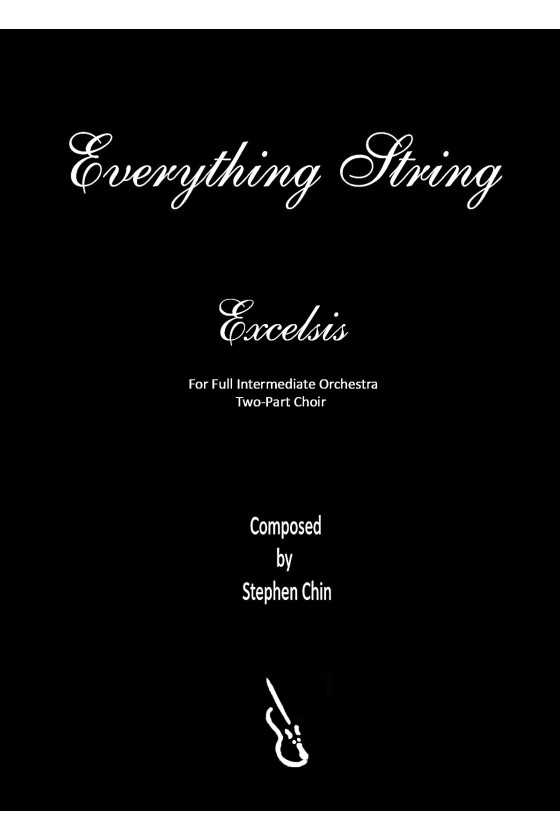Experience a captivating musical journey to Kyoto with “Two Silk Screens from Kyoto” by Stephen Chin. This evocative string orchestra piece beautifully reflects Japanese culture through graceful melodies and intricate harmonies. Immerse yourself in its meditative ambiance, as the strings evoke vivid images of cherry blossoms and serene landscapes.
Stephen Chin: “These two pieces were inspired by my visit to Japan. They capture memories of the country's beauty, contrasting the elegance of cranes by a lake with the dynamic movements of samurai. I frequently used the Japanese scale, Hirajōshi, along with other pentatonic scales throughout the set.”












